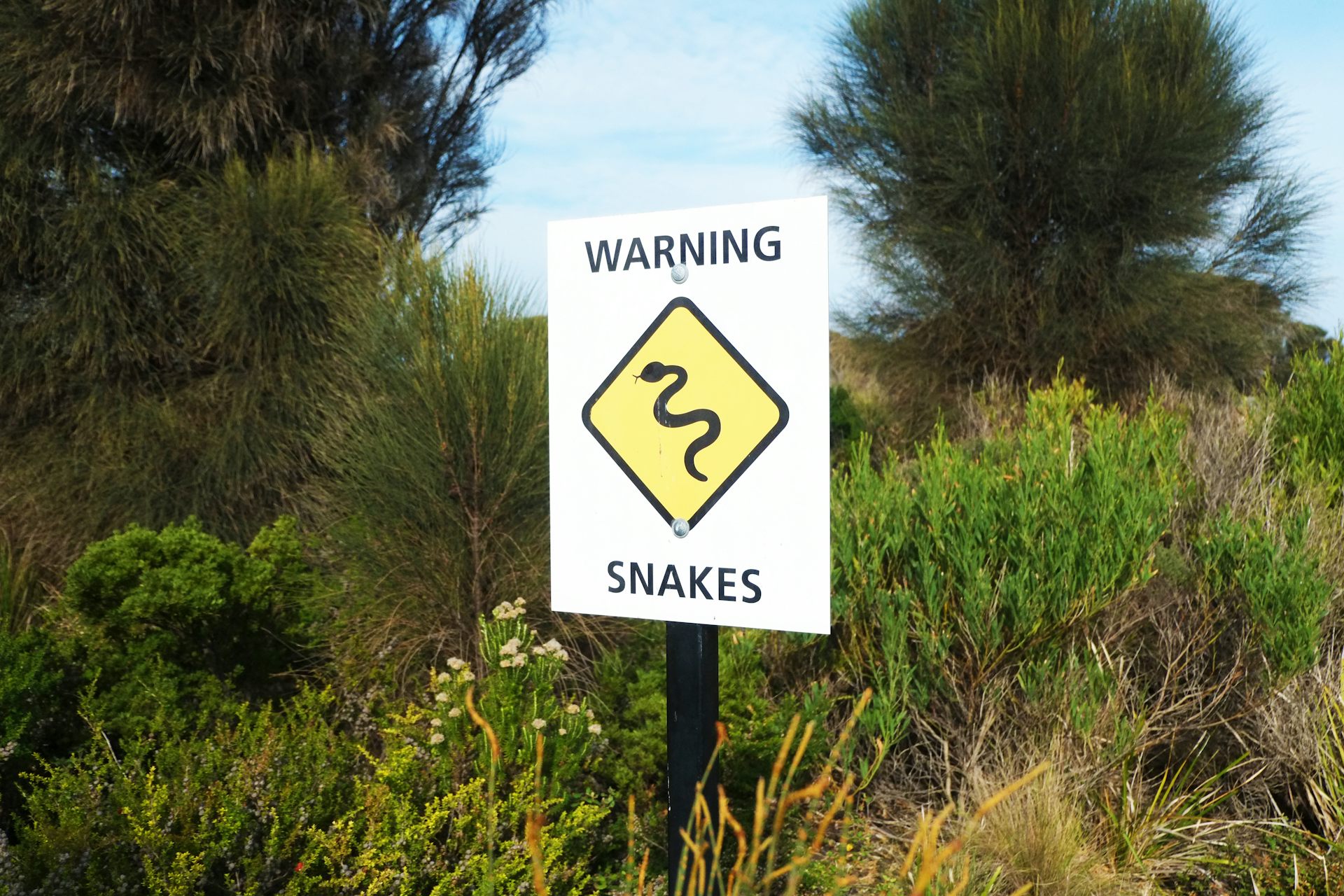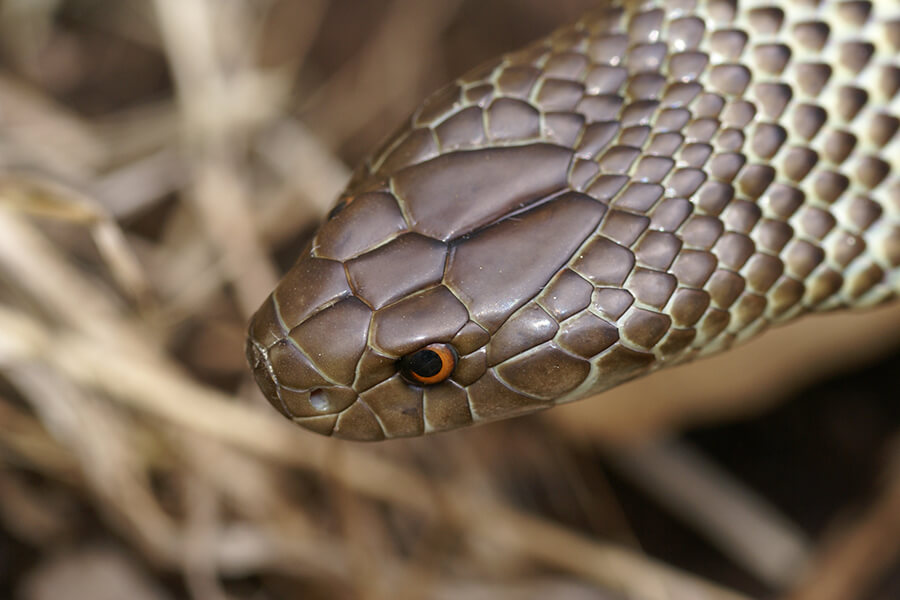Introduction
When it pertains to the remarkable globe of snakes, couple of varieties capture the imagination quite like the child tiger serpent. Known for their distinctive pigmentation and potent poison, these serpents are an integral part of Australia's distinct ecological community. In this comprehensive article, we will certainly delve into different elements of child tiger serpents, copperhead snake australia including their habits, habitat, and how to securely engage with them. Whether you're a wild animals fanatic or merely curious regarding these creatures, recognizing baby tiger snakes can aid cultivate a deeper appreciation for nature.
Baby Tiger Snakes: What You Required to Know About Their Habits and Habitat
What Are Infant Tiger Snakes?
Baby tiger snakes are adolescent types of the extremely venomous types recognized scientifically as Notechis scutatus These serpents are primarily found in coastal regions of Australia, specifically in Tasmania and southerly Victoria. As they grow, their pigmentation changes from a more soft combination to the particular yellow and black bands that provide their name.
One remarkable element of baby tiger serpents Snakebite statistics Australia is their dimension; hatchlings generally gauge around 25-30 cm in size. In spite of their tiny stature, they have an unexpected quantity of poison that can be harmful to people if bitten.

Physical Characteristics
Tiger serpents possess numerous crucial physical traits:
- Coloration: The distinctive banding pattern typically ends up being much more pronounced as they mature. Size: Grownups can get to sizes of as much as 2 meters. Body Shape: They have a robust body that assists in swimming and terrestrial movement.
Where Do Baby Tiger Snakes Live? Understanding Their Habitat
Understanding the environment preferences of infant tiger snakes is necessary for both preservation efforts and public security. These serpents grow in different environments:
- Wetlands: Marshes and swamps offer enough hunting grounds. Coastal Regions: Often located near beaches where they can search for prey. Woodlands: Thick plants provides cover from predators.
Geographical Distribution
Tiger snakes are predominantly located along Australia's southerly coastline, including:
- Tasmania: Home to among one of the most well-known populations. Victoria: Specifically in locations near water bodies.
Are Tiger Snakes Venomous? A Deep Study Their Venom
One common inquiry arises when going over baby tiger snakes: "Are tiger serpents venomous?" The response is a resounding yes!

Venom Composition
The venom of tiger snakes has neurotoxins that can create paralysis, coagulopathy (blood clot issues), and potentially fatality if neglected. Right here's what you require to recognize:
- Effects on Humans: A bite from a tiger snake can result in symptoms like swelling, discomfort at the bite website, nausea or vomiting, and also respiratory failure.
Comparison with Other Poisonous Snakes
In contrast to various other Australian serpents such as the eastern brown snake or king brown serpent, tiger serpent venom is taken into consideration amongst the most powerful. Nevertheless, fatalities are uncommon as a result of better clinical treatments and accessibility to antivenom.
Behavioral Patterns of Baby Tiger Snakes
Understanding just how child Extra resources tiger snakes act is critical for those who stay in or go to areas where these reptiles are prevalent.
Nocturnal Habits
Most child tiger serpents show nocturnal behavior. They tend to forage for food during cooler night temperatures. This flexibility helps them stay clear of killers while improving their searching efficiency.
Hunting Techniques
Their searching strategies include:
- Ambush Predation: Waiting still until prey comes close. Active Foraging: Actively relocating via greenery or along waterways in search of food.
First Help for Serpent Bites: What You Need to Know
Despite being fascinating animals, encounters with infant tiger snakes can lead to unsafe scenarios if bites happen. Understanding emergency treatment procedures can conserve lives.
Immediate Tips After a Bite
Remain calmness; panic raises heart rate. Immobilize the impacted arm or leg utilizing a splint or bandage. Seek prompt clinical focus-- antivenom may be necessary.Creating a Snake Bite First Aid Kit
A well-prepared emergency treatment kit should consist of:
|Product|Function|| ------------------------------|--------------------------------------|| Compression bandage|To incapacitate the arm or leg|| Splint|Maintains damaged bones or joints|| Antihistamines|Alleviates allergies|| Emergency get in touch with numbers|Quick accessibility during emergency situations|
Common Myths Concerning Tiger Snakes Debunked
Many myths border these interesting reptiles; let's make clear some false impressions typically held by people.

Myth # 1: All Tiger Snakes Are Aggressive
While some individuals may show protective behaviors when threatened, not all tiger snakes screen aggression in the direction of human beings unless provoked.
Myth # 2: Baby Tiger Snakes Are Much Less Harmful Than Adults
This myth might not be additionally from the reality! Baby tiger snakes have virtually as much poison as adults relative to their size; thus they position substantial dangers if bitten.
FAQs Concerning Infant Tiger Snakes
What do baby tiger snakes eat?- They largely consume small animals, birds, frogs, and fish.
- Look for slim bodies with faint banding patterns that become a lot more noticable as they mature.
- Yes! Birds of victim and bigger reptiles might target them.
- Typically every few weeks as they proliferate throughout their very early life stages.
- While some individuals do keep them illegally without licenses because of their hazardous nature; it's normally not recommended given their venomous status.
- With prompt clinical treatment-- including antivenom-- the survival rate is high!
Conclusion
In summary, comprehending child tiger snakes-- what they consume, where they live, how they behave-- can furnish us with useful understanding about these exceptional yet dangerous creatures. The value of education surrounding emergency treatment procedures can not be overemphasized; recognizing exactly how to react effectively after a bite could save lives while cultivating regard for our wriggling next-door neighbors within Australia's rich biodiversity spectrum.
By valuing these snakes' functions within ecosystems-- and acknowledging possible risks-- we promote coexistence instead of fear-based responses toward one another's presence in nature's grand tapestry! Whether you're an enthusiastic hiker contemplating your following adventure or simply curious about regional wild animals experiences near home-- this overview functions as your relied on referral factor on the enigmatic world populated by our friends-- the magnificent baby tiger snake!